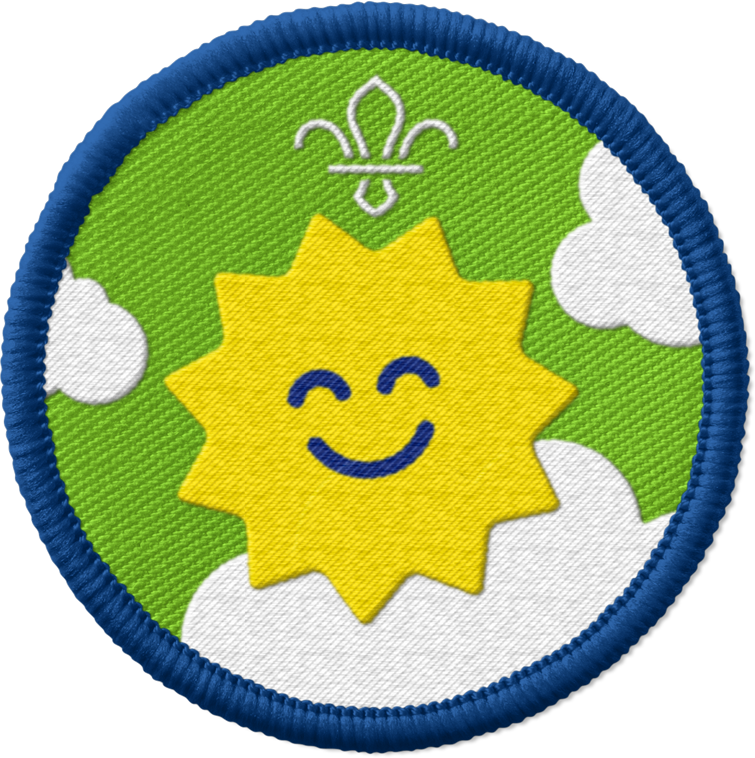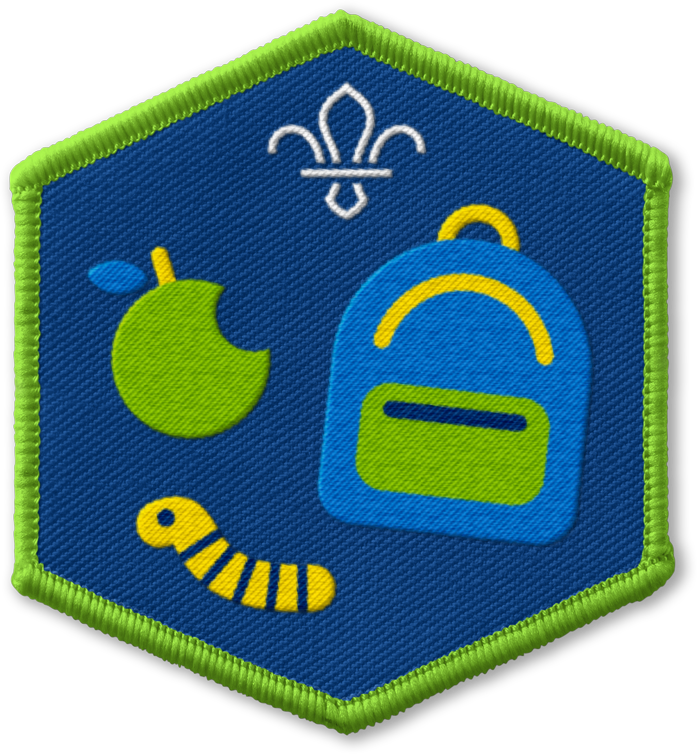
Go forest bathing
Before you begin
- Use the safety checklist to help you plan and risk assess your activity. Take a look at our guidance to help you carry out your risk assessment, including examples.
- Make sure all young people and adults involved in the activity know how to take part safely.
- Make sure you’ll have enough adult helpers. You may need some parents and carers to help if you’re short on helpers.
- Choose an appropriate, accessible outdoor area. You may need to think about avoiding steps, being close to public transport, or steep gradients or including frequent breaks.
- Make sure parents and carers know exactly where you’ll be, what people may need to bring, the day, the location, and when and where to drop off and collect everyone.
- Have a suitable, well-lit place for drop off and collection, away from any traffic.
- Check the weather forecast. Make sure everyone knows to come dressed for the weather and activity, being prepared for the weather to change.
- Tell everyone the signal to stop and how long the activity will go on for. A long blast on a whistle works well as a signal to stop the activity.
- Check the sunset times, making sure that you’ll have sufficient light throughout the activity. It’s best to run this activity on lighter evenings, such as in summer.
- During this activity, young people may make a disclosure about their mental health or say something else that could be a safeguarding risk. In line with the Scout’s safeguarding procedures, if you're concerned that a young person is at risk of harm from themselves (or others) you'll need to pass this information on. Inform the young person, where possible, that you're required to pass any concerns on. You should agree with them on how you will inform their parents and carers – you may do it yourself directly or support the young person to do so. Always follow the Yellow Card.
Go forest bathing
- Everyone should head out to the outdoor space or meet at the chosen venue.
- Gather everyone together. Ask if anyone knows what forest bathing is. Tell everyone that that forest bathing is becoming popular across the world. In Japan, they call this shinrin-yoku (or ‘forest bath’). It’s about opening yourself completely to the forest and experiencing the trees around you with all your senses.
- Before you begin, remind everyone how they can use the space respectfully. They should be calm and quiet, so you don’t disturb wildlife or other people, they should take litter home and they shouldn’t pick any flowers or plants.
- Explain everyone where adults will be around the site and what people should do if anyone in their team needs help. This should include setting memorable spot where an adult will stay at all times.
- Ask everyone to find a spot to sit or stand, but within a safe distance from the volunteer team. Everyone should be quiet and still. Always explain the boundaries of the area and where the no-go zones are. If you’re in a public space, young people should be paired up so no young person is left alone and they should sit or move together.
- Once everyone’s found a space, ask everyone to close their eyes and listen to what’s happening around them. What can they hear and smell?
- Now, ask everyone to open their eyes. Ask people to focus on what they can see or touch. People can walk slowly between the trees or sit quietly with them.
- To help with focus, you could give people colouring pens, pencils and paper to sit and draw what they see or hear, if they’d like to.
Reflection
This activity was all about connecting with nature and mindfulness. If you allow your mind to relax, especially in nature, you’ll feel an extraordinary sense of calm and connectedness. When your mind feels calm, it reduces the release of stress hormones in the body, which means a stronger immune system and better sleep too.
In green spaces, away from the stresses of urban environments and technology, we’re able to connect with nature and our true selves. The forests and woods were our first homes, and there’s something deep within us that seems to remember that. A tree is a bit like a Scout: if it has its roots in good soil, it can reach to the sky; to breathe, it must be grounded; and no matter how high it reaches, it’s from its roots that it draws its strength. How did it feel to sit with your eyes closed? Did you find it relaxing? Is it something you’ll try again?
You may have heard the birds twitching in the branches, see the sun glinting through the leaves, smell the earth after rain, taste the loamy air, and feel the spongy bark against your fingertips. What did you see, hear, feel or smell? Which was your favourite? Did you find anything that you might not have seen or heard or smelled on a normal walk? Why did sitting there give you more chance to explore the area?
Safety
All activities must be safely managed. You must complete a thorough risk assessment and take appropriate steps to reduce risk. Use the safety checklist to help you plan and risk assess your activity. Always get approval for the activity, and have suitable supervision and an InTouch process.
- Hiking and walking
Follow the guidance for activities in Terrain Zero, or the guidance for each the adventurous activity.
- Outdoor activities
You must have permission to use the location. Always check the weather forecast, and inform parents and carers of any change in venue.
- Visits away from your meeting place
Complete a thorough risk assessment and include hazards, such as roads, woodland, plants, animals, and bodies of water (for example, rivers, ponds, lakes, and seas). You’ll probably need more adult helpers than usual. Your risk assessment should include how many adults you need. The young people to adult ratios are a minimum requirement. When you do your risk assessment, you might decide that you need more adults than the ratio specifies. Think about extra equipment that you may need to take with you, such as high visibility clothing, a first aid kit, water, and waterproofs. Throughout the activity, watch out for changes in the weather and do regular headcounts.
- If anyone wants to sit with their eyes open or not touch certain items, that’s OK.
- People could also work with a partner or in a small group, if they don’t want to sit alone.
- Try to build movement breaks into your activities to help people who may struggling sitting for long periods or being quiet for a length of time.
- Some people find it difficult to talk about mental health and wellbeing. Being open and gently encouraging conversation in Scouts helps mental health to become an everyday topic that young people and adults are more comfortable to talk about.
- Remember that listening skills aren’t the same for all young people. For example, a young person may need to move, lie down, be standing or fiddle with something, rather than sit in one place to do their best listening. ‘Sitting still’ can make listening more difficult.
- Chat to anyone who’s likely to find silence difficult – how can you make it accessible for them? Maybe they’d like to use something, such as a fidget toy, or try focusing on a craft to keep their hands and mind busy. Different people reflect in different ways, so chat to the young person and their parents and carers to find something that will work for them.
All Scout activities should be inclusive and accessible.



